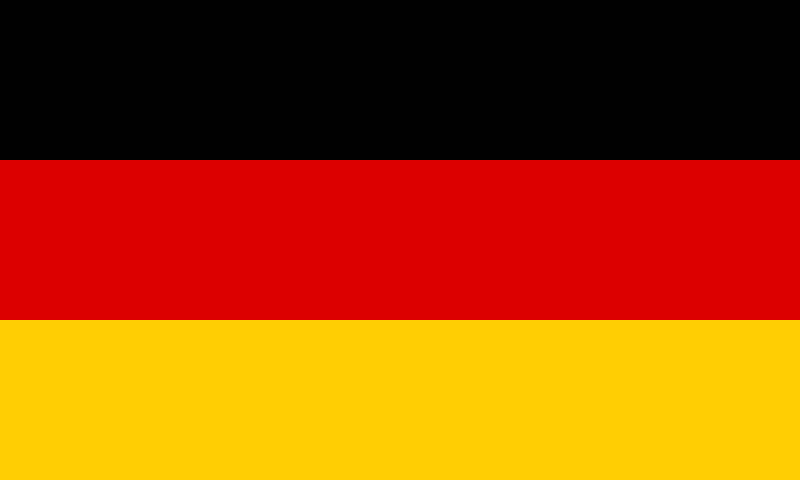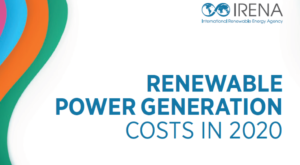Germany: Solar Heating and Cooling Created 11,400 Jobs
July 17, 2015
The solar thermal industry created about 11,400 jobs in Germany in 2013, according to a comprehensive job study called Employment by the renewable sector in Germany. Development and operation, today and tomorrow financed by the German Federal Ministry for Economic Affairs and Energy, BMWi, and published by the German Institute for Economic Research, DIW, in March 2015 (see the attached PDF in German). Its authors find that direct and indirect employment in the solar thermal subsector had then diminished by 6.6 % compared to 2012. Only 3.1 % of all jobs created by renewable energies in Germany, e.g., 371,400 jobs, showed a relation to solar heating and cooling. The study is based on two former job studies on the German renewable energy sector in 2006 and 2011. The Working Group on Renewable Energy Statistics, AGEE, which was established in 2004, contributed a large portion of the data.
“I don’t think any other government has ever invested so much in order to fund research on job effects of the renewable sector,” co-author Marlene O’Sullivan, scientist at the German DLR, told solarthermalworld.org. In fact, five research institutes have been involved in the research and have delivered a comprehensive approach which aims at including all direct and indirect job effects and properly eliminate factors that might distort the results.
Job effects from national sales including exports, excluding imports
The study is based on an input-output model comprised of two essential parts: First, the authors calculate the total sales of each renewable subsector which might influence employment in Germany, including goods and service exports but excluding imports of raw materials or semi-finished products. The total sales figure entails all investment costs for installing new solar heating and cooling systems, as well as their maintenance. Second, the authors deduce total employment numbers by applying the individual employment coefficient of each economic sector directly or indirectly involved in production or maintenance. Some employment coefficients are provided by the German statistical office Destatis (when referring to raw materials or semi-finished products and related services) and others were estimated by the authors of the study based on interviews with representatives from each renewable sector (when it comes to the installation and maintenance provided by solar thermal or other renewable companies).
According to co-author Dr Dietmar Edler, economist at the DIW, there is no simple factor that allows deriving total employment figures directly from total sales. Hence, each sector required that the authors create an input-output vector describing which semi-finished products and related services are needed and which are imported or not. These vectors mirror the cost structure of all sales within the relevant sector. This means that the model takes into account the need for tubes and other materials when manufacturing the collectors or mounting them on rooftops or on the ground. The vectors represent the contribution of the plastics industry, the metal-producing sector and even the services required until a new solar thermal installation is commissioned. Then, the authors apply the employment coefficients to total sales based on the share of each economic sector involved in the cost structure. They have refrained from changing the cost structure in order to be able to compare results over several years. But there have been changes in the employment coefficients because of innovations in different sectors.
|
|
2012
|
2013
|
|
|
Investments in newly installed ST systems in Germany (including equipment imports) |
990 |
880 |
EUR million |
|
Turnover of national sales and export of ST companies based in Germany |
1,010 |
940 |
EUR million |
|
Turnover from O&M of existing solar thermal systems in Germany |
120 |
130 |
EUR million |
Economic figures for the German solar thermal sector; with 36 %, solar thermal ranked third in 2012 regarding share in imports, followed by photovoltaics with 56 % and biomass systems with 42 to 43 %
Source: AGEE-Stat, BMWi
|
Domestic semi-finished products and related services |
Imports of semi-finished products and related services |
Gross value added |
Gross production |
|
51.7 % |
17.6 % |
30.7 % |
100 % |
Share of semi-finished products, related services and gross value added in total gross production of SHC equipment (2013)
Source: Employment by the renewable sector in Germany. Development and operation, today and tomorrow
This rather comprehensive and complex approach towards job effects of renewable energy on the German market means that the results from the ministry’s study cannot be compared to other estimates of solar thermal jobs as published by IRENA and IEA. For example, the study Solar Heat Worldwide assumes a ratio of 1 job per 132 m2 installed in Central Europe. Applied to the solar thermal sector in Germany, the 1,000,500 m2 of newly installed collector area would result in only 7,580 jobs – much less than the 11,400 jobs from the BMWI study, because the latter takes semi-finished products and related services into account as well.
“Thanks to our model, we are able to take into account the complex structure of the German economy and avoid double counting,” explains O’Sullivan. The study is not limited to an analysis of official statistics. It is also based on empirical data gathered exclusively for this task by the Bielefelder Institut für Sozialforschung und Kommunikation (SOKO) between May and November 2013.
Institutions that contributed to the study:
Deutsches Zentrum für Luft- und Raumfahrt (DLR): http://www.dlr.de
Deutsches Institut für Wirtschaftsforschung: http://www.diw.de
Zentrum für Sonnenenergie- und Wasserstoff-Forschung Baden-Württemberg: http://www.zsw.de
Prognos AG, Europäisches Zentrum für Wirtschaftsforschung und Strategieberatung: http://www.prognos.de
Gesellschaft für Wirtschaftliche Strukturforschung: http://www.gws.de
This news was written by Vanessa Kriele, a German freelance journalist specialised in renewable energies and world economics.


